The God particle may actually be five different particles, as suggested by evidence from a new experiment in crushing atoms. In the extreme energies of these collisions, the desired esoteric particles are produced from time to time, which can be detected and studied; any absence or difference with respect to theoretical expectations can also be used to improve the theory. The standard model includes a field of the type needed to break the electroweak symmetry and give the particles their correct mass. First, the publisher did not allow us to call it the Damned Particle, although that might be a more appropriate title, given its evil nature and the expenses it is causing.
Although this idea had wide support in the particle physics community thanks to Dirac's work, the mathematicians who described this model made some predictions that were obviously false. The presence of the field, now confirmed by experimental research, explains why some fundamental particles have mass, despite the fact that the symmetries that control their interactions mean that they should not have mass. To conclude that a new particle has been found, particle physicists require the statistical analysis of two independent particle detectors each to indicate that there is less than one in a million chance that the observed decay signals are due solely to random events in the background of the Standard Model. In other words, the CERN news delivered an update on the cutting edge of particle physics to an audience whose frame of reference was firmly established in the 1920s.
The key method for distinguishing between these different models is the study of particle interactions (coupling) and exact decay processes (branching proportions), which can be experimentally measured and tested in particle collisions. Now that scientists measured the mass of the particle last year, they can make many other calculations, including one that seems to indicate the end of the universe. This involves accelerating large numbers of particles to extremely high energies and very close to the speed of light, and then allowing them to collide with each other. In the late 1950s and early 1960s, physicists still didn't know how to solve these problems or how to create an integral theory for particle physics.
Now, in the preface to a new collection of essays and lectures called Starmus, the famous theoretical physicist warns that the particle could one day be responsible for the destruction of the known universe.
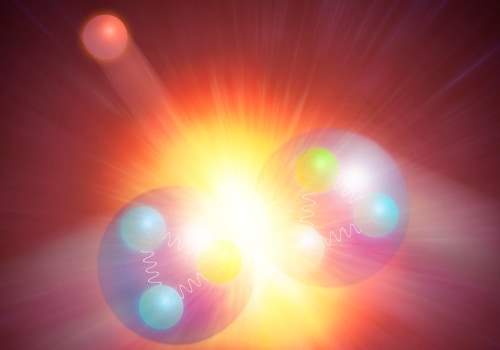
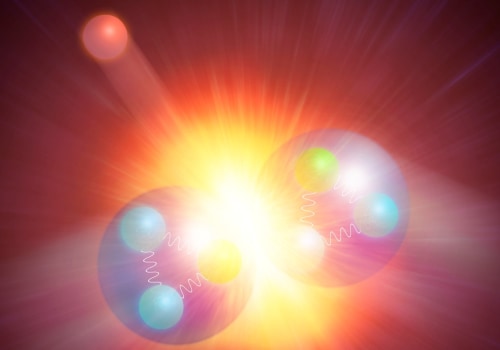
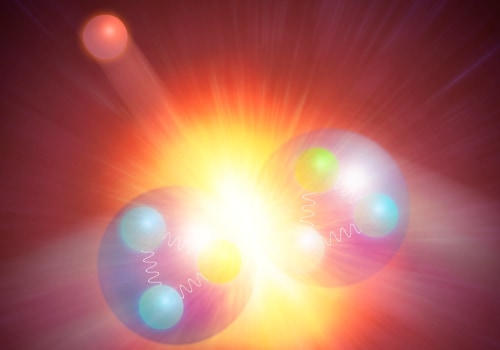
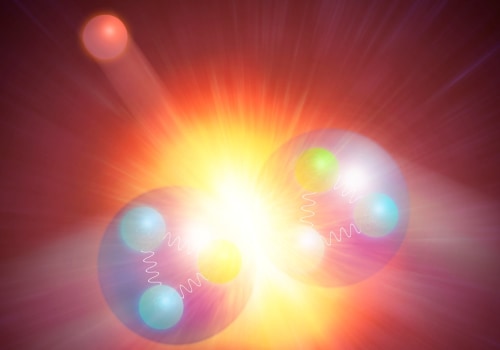
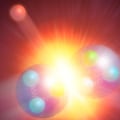
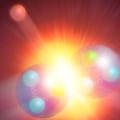
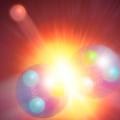
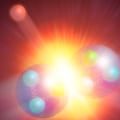
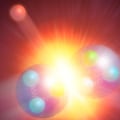
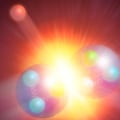
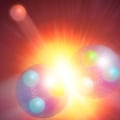
Leave Reply